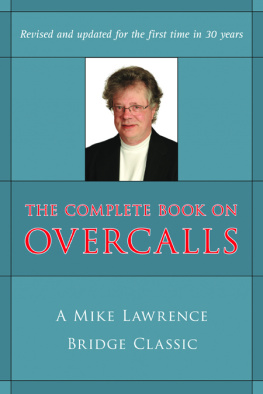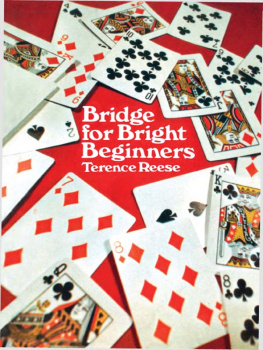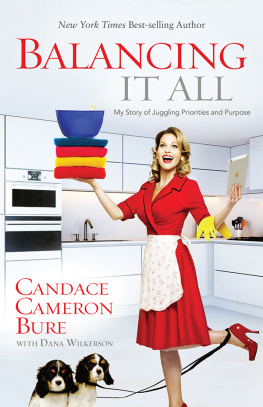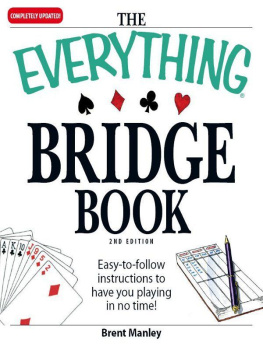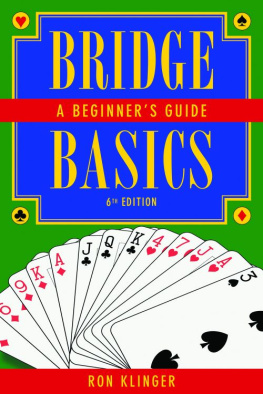About the Author
In the world of contract bridge, there is no one who comes close to matching Mike Lawrences combined record as a player, author, and teacher.
Mike started playing bridge while attending the University of California. During a chemistry experiment, he caused an explosion which for three weeks meant he was unable to use his writing hand. The result was that he could not take his finals and was instructed to take them during the summer session instead. Not wishing to waste his time on campus, Mike discovered the card room where he proved more adept at bridge than he was as a chemistry student. It was not long before bridge became his major interest.
As a player, Mike has won three World Championships and was second three times. In ACBL play, he as won over 23,000 masterpoints and more than twenty major National Championships, including more than ten wins in the Vanderbilt, Reisinger, and Spingold.
Mike was lucky to be an original member of the Dallas Aces, a team brought together by Ira Corn of Dallas. Ira was one of those individuals who had a vision and the strength of character to make it happen. Ira Corn wanted to see the US regain the World Championships and to this end, he arranged for a group of experts to move to Dallas, Texas. The original players were Jim Jacoby, Bobby Wolff, Bobby Goldman, Billy Eisenberg, and Mike Lawrence. Ira needed a sixth and a few months later, added Robert Hamman.
Ira added two strong personalities to aid his efforts.
The first addition, Dorothy Moore, was instrumental in helping with the team when problems emerged. She was a powerful balance when one was needed. Many nervous moments were calmed by her insights and people skills.
Additionally, Ira added Joe Musumeci to coach the team. This was no easy task given the diverse personalities and egos of the team members. Joe was the taskmaster who made things happen, including organizing an exercise regimen for a group that abhorred doing anything more physical than shaking a backgammon cup or dealing cards.
Ira did what he set out to do. In virtually no time at all, the Aces were winning the major US championships and in 1970, they brought the first of two consecutive World Championships back to the US.
It was during the years of being an Ace that Mike added writing and teaching to his playing abilities. Ira was instrumental in this too. One day, Ira told Mike to come into his office. During this meeting he instructed Mike to write a book, something that was totally alien to him at that time. Denying the skills to do that, Ira pointed out who wrote the checks and Mike was convinced. A month later, Ira again had Mike in his office. This time, it was to tell Mike that he was going to start teaching bridge. Here is a list of your students. You start in three weeks.
Once again, Mike denied the skills, but under Iras reminder that he was the check-writer, Mike became a teacher. Credit to Ira for his judgment. Ira died in 1982, but his achievements still impress. In 2002, Ira was voted into the Bridge Hall of Fame, a very popular choice.
The original members of his team continued to be forces in the world of bridge.
More than any other author, Mike is known for an ability to share his experiences with his readers and students. As an author, Mike has written more than twenty bridge books, most of them exploring areas that no one else was willing to write about. His writings include numerous book-of-the-year awards starting with his first book, How to Read Your Opponents Cards .
In a slightly different vein, Mike published a bidding newsletter that emphasized Standard American bidding. It discussed conventions and the judgment needed to make them work. Mikes Bidding Newsletter ran through 100 issues spanning 1988 to nearly 2000.
In 1994 Mike was a co-author of the annual bridge calendar and which became a staple of the bridge world for nearly 15 years.
And finally, Mike joined forces with Fred Gitelman to produce a series of bridge software products which allow the user to learn bridge in an interactive format.
When Mike is not creating bridge books and bridge software, he spends time lamenting that he has been unable to finish his science fiction book. Next time you see him, ask him how the book is going. Perhaps that will motivate its finish.
Mikes web page address is Michaelslawrence.com It includes information on all of his bridge materials.
ONE
Balancing When One of a Suit
is Passed Out
IN THIS BOOK, I am going to discuss all manner of auctions where the opponents bid something and you are given the opportunity to let them have it or to balance. There are many reopening sequences, and I will cover a number of them. I will start with some basic sequences and considerations which will help when we get to the more difficult problems.
Expectations For Balancing Against One of a Suit
This situation is high on the list of times you will balance. Since they have not shown huge hands, your side can expect to bid and make some games. Slams will be rare but they do exist. I suggest you treat this situation as an opportunity. You wont balance all the time but you should always think about it.
If they open with a one-bid and it is passed to you, why should you bother bidding?
There are many reasons. Your side may own the hand. You may be able to push them higher. You may steal something that really belongs to them. Here is one idea that you should keep in mind. Just because your partner passed over your LHOs opening bid, it does not mean he is broke.
What kind of good hand might partner have when he did not bid?
Some people trap by passing good hands when their RHO opens the bidding. The idea is to double them later if possible. My experience is that this doesnt work against most good opposition and it does make it difficult to bid when the hand belongs to your side. Here are a couple of hands in this family. RHO opens 1.
Many players will pass, hoping to double the opponents in some final contract.
But what usually happens is the auction does not go as you wish.
It is hard to bid now. If you did have something your way, you cant find it now.
Here is another possible sequence.
Hard to show your hand on this sequence, too.
I think its better to overcall 1NT and try to achieve something, instead of waiting for a miracle.
But in some cases, your partner will have a good hand which just doesnt have a convenient bid.
Here are some hands your partner can have which will pass over an opening 1 bid. You can see that some of these hands are pretty good.
| J 2 | Pass. Not enough to overcall 1NT. Not enough diamonds to bid 2 . |
| K J 9 7 5 |
| A K Q 2 |
| 7 6 |
| J 6 5 4 | Pass. The shape is wrong for a takeout double and bidding 1NT with a singleton club is dangerous. |
| A K Q 10 |
| A J 5 4 |
| 7 |
| 3 | Pass. There is nothing to bid with this hand. Yes, hands like this one do happen. |
| A Q 10 6 4 3 2 |
| A K 8 |


